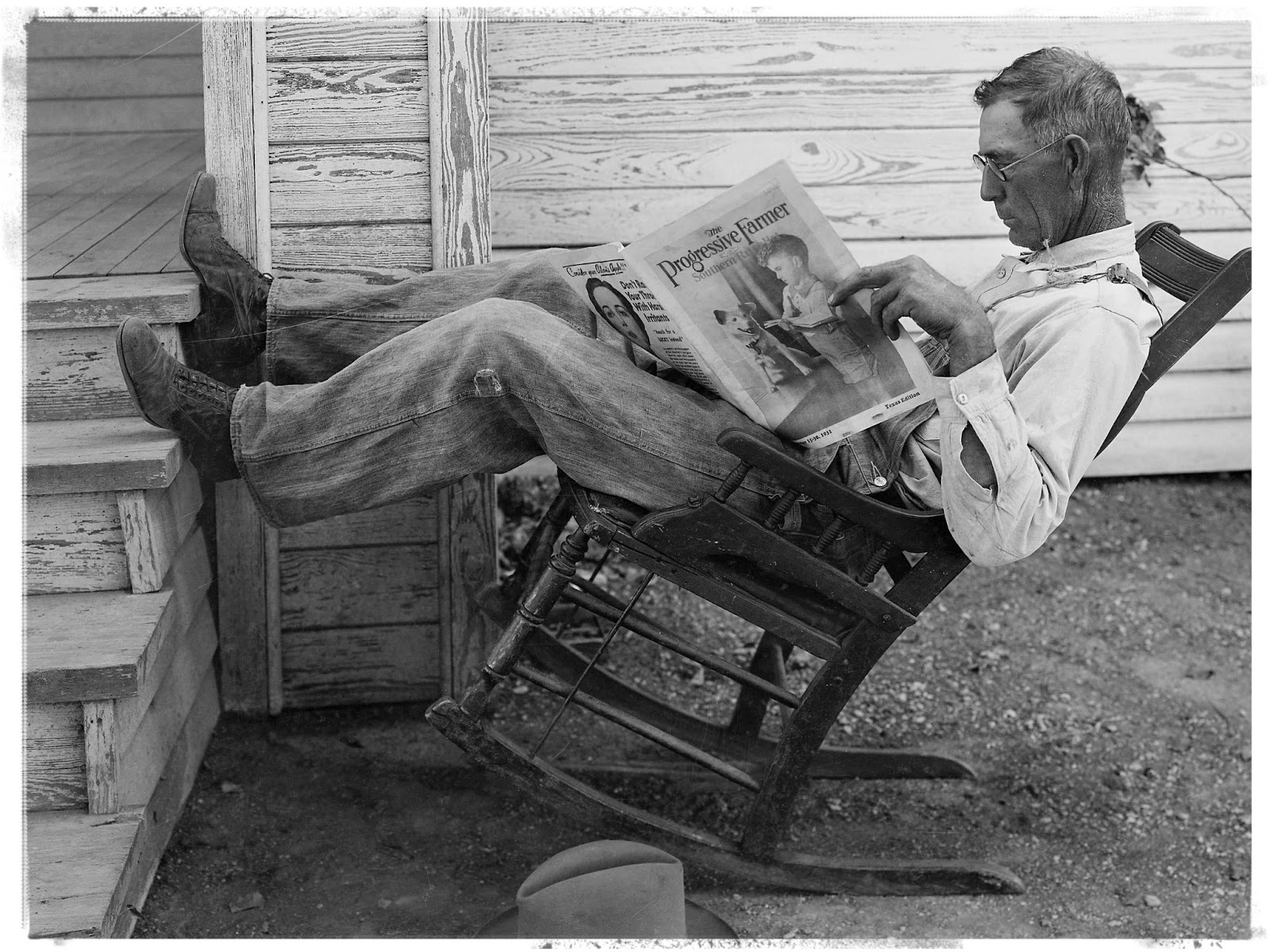“The Secretive Company That Might End Privacy as We Know It.” Kashmir Hill details the workings of a new facial recognition app for the New York Times. What could go wrong?
You take a picture of a person, upload it and get to see public photos of that person, along with links to where those photos appeared. The system — whose backbone is a database of more than three billion images that Clearview claims to have scraped from Facebook, YouTube, Venmo and millions of other websites — goes far beyond anything ever constructed by the United States government or Silicon Valley giants.
“Who’s Watching Your Porch?” Speaking of creepy surveillance technologies, John Herrman reports on the ways Ring doorbells are altering front porches.
“Dorothy Day Documentary Examines the Woman and Might-Be Saint.” I’ve been reading more of Day’s writings recently, so Julie Bourbon’s description of this new film caught my eye.
“What We’re Watching: What It Will Take for Social And Emotional Learning To Succeed.” Nick Skiles recommends this AEI video on how education might better form students socially and emotionally.
“College-Educated Voters Are Ruining American Politics.” Eitan Hersh makes the case that local, engaged politics is much better than armchair, spectating politics:
political hobbyists have harmed American democracy and would do better by redirecting their political energy toward serving the material and emotional needs of their neighbors. People who have a personal stake in the outcome of politics often have a better understanding of how power can and should be exercised—not just at the polls once every four years, but person to person, day in and day out.
“Reason and Rhetoric.” Mary Nichols reviews Robert Bartlett’s new translation of Aristotle’s Rhetoric and takes the opportunity to remind us that his view of the relation between reason and rhetoric remains very timely:
Aristotle’s Rhetoric is … essential for democratic self-government. It is especially relevant today when political speech is often held in contempt, when the first response of reporters must be “fact-checking,” and when “fake news” seems all the news there is. In such a climate of distrust, responsible citizens turn away from politics in disgust and irresponsible ones join the fray with their own competing narratives.
“Every Place Is the Same Now.” Ian Bogost describes the ways in which smart phones have destroyed place: “Anywhere has become as good as anywhere else.”
“Why America’s Urban Dreams Went Wrong.” James Howard Kunstler reviews a new book about the history and hopes of American urban planning, and he offers his own vision for the future of American cities.
“Belonging to a Place: Reflections on My Home.” Sean O’Hare put together a photo essay portraying his home town of Rochester.
“A Cathedral Not Made by Hands.” Vincent Miller does theology in an old forest: “Rot is itself life; there is more living tissue—bacteria, fungus, bugs—in a fallen tree than in a living one. Rising and falling, growth and rot, life and death are literally interconnected here.”
“A Class War for Our Time.” J.D. Vance reviews Lind’s book, agreeing with much of it and offering some corrections. But he certainly agrees with Lind that “social liberalism is the ideology of the managerial class because it serves their economic interests. It’s Lindian class warfare pretending to be a conscience.”
“The Discipleship of Work.” Rory Groves chronicles the goods of hard, skilled labor. He’s developing these ideas at greater length in a forthcoming book to be published by FPR.
“The Mystique of the Pro-Life Movement: On Trump and the March for Life.” Jake Meador reflects on the implications of Donald Trump being the first sitting president to address the March for Life: “the goal of the pro-life movement is not simply that Roe would be overturned but that ours would be a society friendly to life.”
“Kansas Rural Center.” The Kansas Rural Center is looking for an Executive Director. This sounds like an interesting and significant job for someone who lives in Kansas. (Recommended by R.M. Stangler.)





